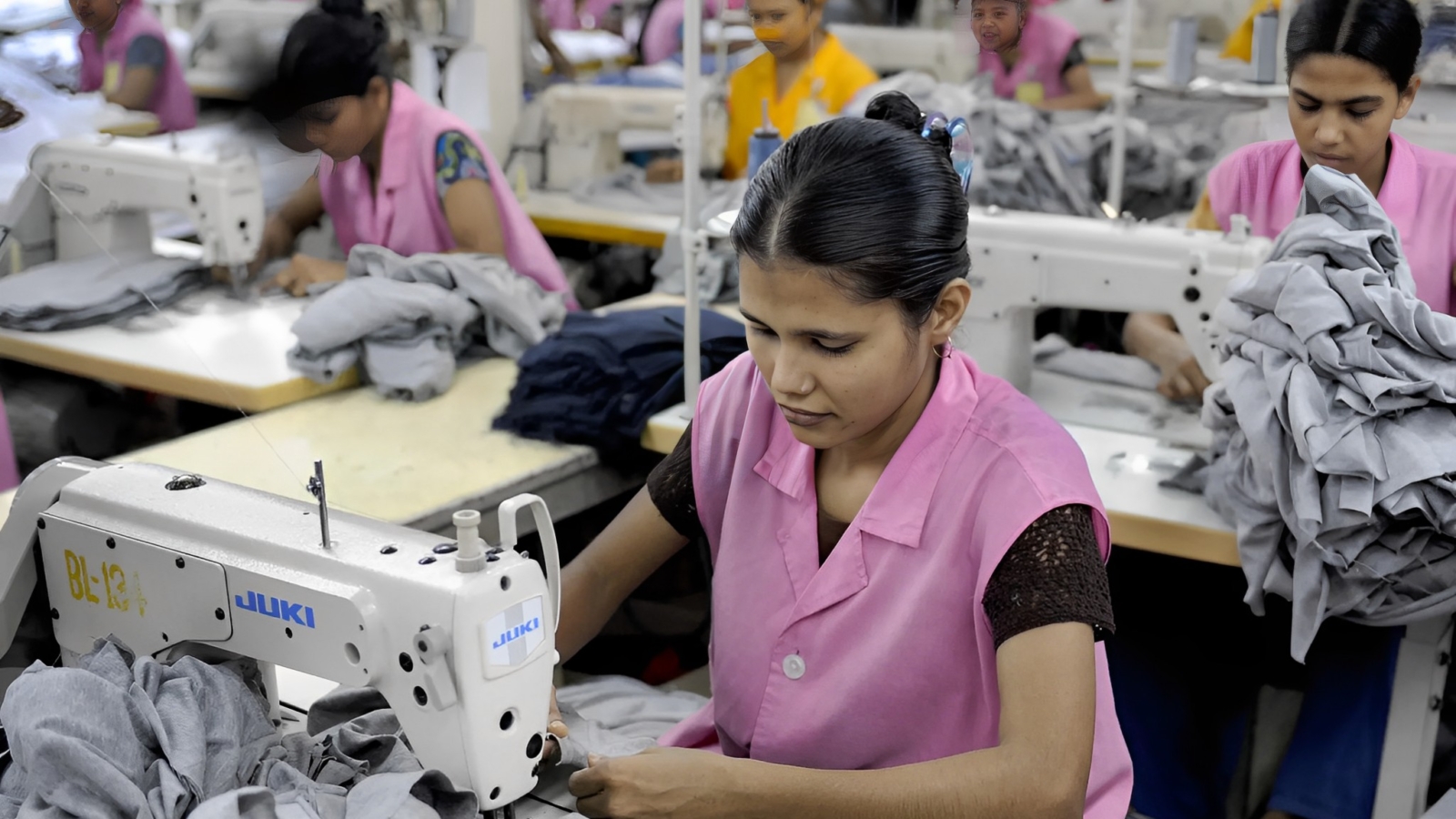Bangladesh has a thriving garment industry which is one of the most important sectors of the economy. It is the second largest exporter of clothing after China and contributes significantly to the GDP of the country. From its beginnings in 1976, the industry has grown steadily and Bangladesh now plays an important role in the global market. In this blog, we will explore the history, factories, and global impact of Bangladesh’s garment industry.
History
The garment industry in Bangladesh began in 1976 with the establishment of a few small-scale cottage industries. Over time, these grew into large-scale factories that now produce garments for both domestic and international markets. The industry has grown exponentially over the years and has become an important source of foreign exchange earnings for the country.
The production process in garment factories has also changed over time to become more efficient and cost-effective. This has been made possible by advances in technology, such as computer-aided design (CAD) systems and automated cutting machines, as well as improved quality control measures.
Factories
Bangladesh is home to many garment factories, ranging from small-scale cottage industries to large-scale factories. These factories employ thousands of workers, many of whom are women. Working conditions in these factories are strictly regulated and there are various standards and regulations in place to ensure workers’ rights are protected. This includes regulations on working hours, wages, health and safety, and other aspects of working life. There is also a focus on training and development, with many factories providing additional training to their workers to help them develop their skills and increase their productivity.
One unique factor that sets factories in Bangladesh apart from other garment-producing countries is that it also has some of the greenest factories in the world. These environmentally friendly factories are equipped with advanced technologies such as solar energy, water recycling systems, and modern waste management facilities which help reduce their negative environmental impact and ensure a safe working environment for their employees.
GDP
The current GDP of Bangladesh is estimated at $266.2 billion (USD) and it has grown steadily over the years. The garment industry contributes significantly to the GDP, accounting for around 18% of the total exports of the country and around 2% of its GDP. It is also one of the highest employers of labor in the country, providing employment opportunities to millions of people.
Global Impact
Bangladesh has become a major exporter of clothing to countries around the world, including the United States, Europe, and Asia. Its garment industry has had a huge impact on the global market, from increased competition among suppliers to changes in consumer demand for cheaper and faster fashion. In addition, the Bangladeshi government is further encouraging green factories by offering financial incentives for businesses that invest in eco-friendly practices within their operations. With these measures being taken, Bangladesh will likely remain one of the top countries when it comes to green garment production for years to come.
Conclusion
The garment industry in Bangladesh has come a long way since its beginnings in 1976. It is now one of the most important sectors of the economy, contributing significantly to its GDP and providing employment opportunities to millions of people. The industry has had a huge impact on the global market, from increased competition among suppliers to changes in consumer demand for eco-friendly, cheaper, and faster fashion. With continued progress in this area, Bangladesh’s garment industry could continue to grow into a major global player in the years to come.

